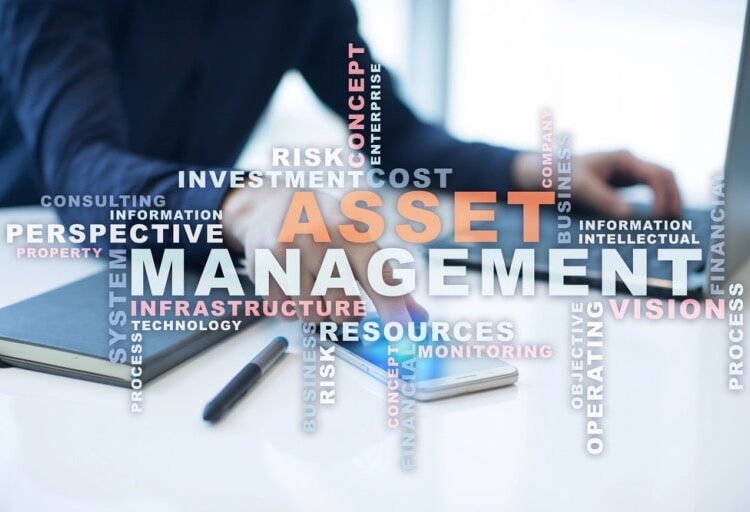Did you know that the global asset management market is projected to reach $8.3 trillion by 2032?
Asset management is a crucial aspect of running a successful business. However, for small businesses with limited resources, managing capital assets can be challenging. This is why small business owners need to have an understanding of capital asset management strategies.
In this guide, we will discuss some effective capital management strategies that small businesses can use. This will help them to make the most out of their limited capital resources. Read on to learn more.
Understand Long-Term Capital Gains Tax
Capital assets such as property, stocks, and equipment are subject to capital gains tax when sold. As a small business owner, it’s important to understand how long-term capital gains tax works.
If you hold on to a capital asset for more than a year before selling it, you may qualify for lower long-term capital gains tax rates. This can help save your business money in the long run.
Make sure to consult with a financial advisor who can help you navigate these taxes. This can also help you make informed decisions when it comes to buying or selling capital assets.
Prioritize Your Assets
As a small business owner, it’s important to prioritize your assets. This means understanding which assets are crucial for the success of your business.
Start by identifying small business assets that directly contribute to your revenue and profitability. These could include equipment, machinery, or technology.
Make sure to prioritize these assets. This way, you can ensure that they are well-maintained and always in good working condition. This will help you avoid costly downtime or unexpected repairs.
Consider Leasing Instead of Buying
For small businesses, it may be more practical to lease assets rather than buy them outright. Leasing allows for a smaller upfront cost and can also provide tax benefits.
Leasing also gives businesses access to newer and better equipment. This can help small businesses stay competitive and improve their overall efficiency.
Additionally, leasing can also help with cash flow management. It allows businesses to spread out their payments over time. This can be especially beneficial for businesses with seasonal fluctuations in revenue.
Regularly Review and Update Your Asset Management Plan
Like any other business plan, your asset management strategy should be regularly reviewed and updated. This will help you ensure that it reflects the current needs and goals of your business.
Regular reviews can also help identify any potential issues or inefficiencies in your asset management processes. By addressing these issues early on, you can save time and resources in the long run.
Utilize Technology
Technology has made asset management more efficient and streamlined. It’s important to take advantage of available technology to manage your assets effectively.
Asset management software can help businesses track their assets, schedule maintenance, and manage repairs and replacements. This can save time and reduce human error.
Additionally, technology can also provide real-time data on asset performance and usage. This can help you make more informed decisions when optimizing your assets.
Capital Asset Management: Optimizing Asset Utilization
Effective capital asset management is essential for small businesses to thrive and grow. Use these tips as a guide to help you make the most out of your limited resources.
Remember to consult with a financial advisor for advice that fits the needs of your business. With proper management, small businesses can make the most out of their capital assets and achieve long-term success.
If you’d like to learn more, scroll through our blog for more tips and tricks.




